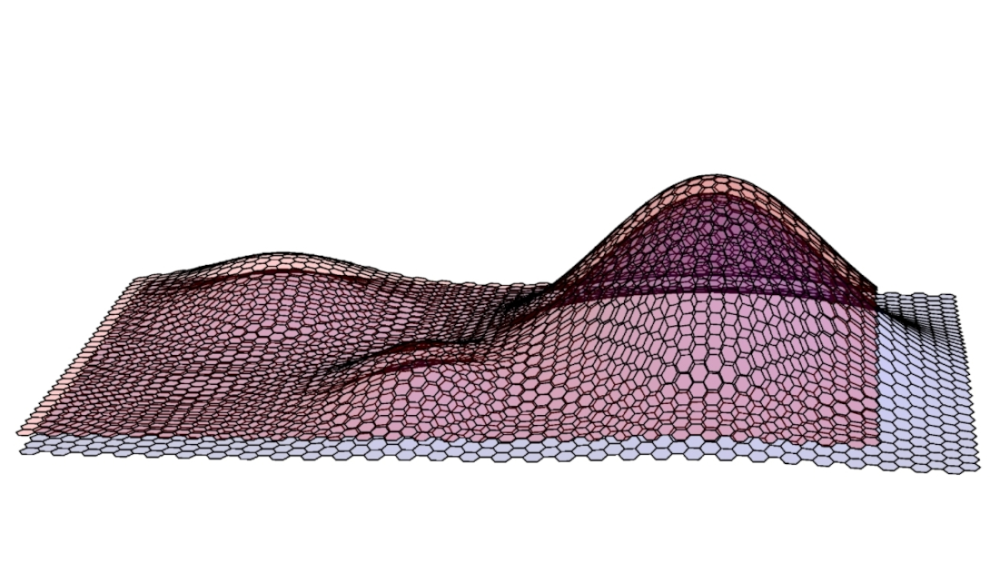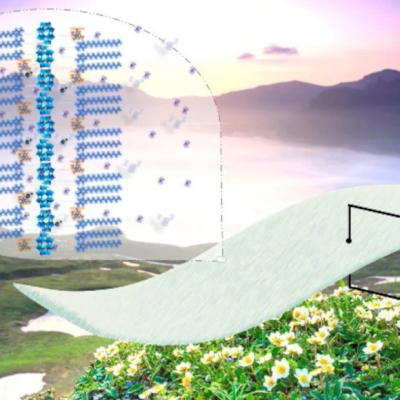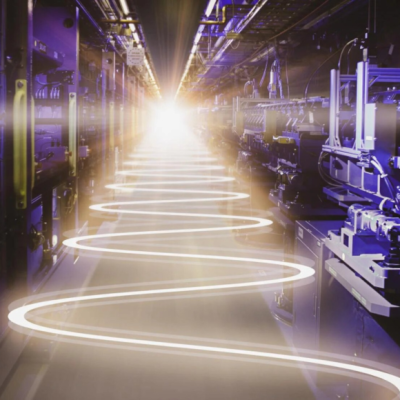A recent experiment with graphene has led to a surprising discovery that could explain the existence of a multiverse. Physicists have long been trying to explain why our world is the way it is, and one controversial theory is that our world is just one part of a multiverse. This theory suggests that there are parallel worlds that were created during the Big Bang, and in another reality, there could be multiple versions of each person. Researchers at the University of Maryland have discovered new material in an experiment with graphene that supports the theory of a multiverse. According to their publication in the Physical Review Research, the researchers found that there are special energy ratios in overlapping graphene layers that repeat like many small universes. From this observation, physicists conclude that energetic interactions can also be transferred to other structures.
This discovery suggests that there is more than one reality with electrons that can move flexibly between both structures. “We find this to be an exciting and ambitious idea. It’s almost eerie how well our model can explain fundamental structures of our universe, such as inflation and Higgs particles. But of course, further research is needed,” explains Victor Galitski. “We are by no means claiming that we have the solution to all current cosmological questions, that would be arrogant. We are only proposing an exciting new theory with two realities in which similar energetic forces are at work,” adds Alireza Parhizkar.
This discovery could have significant implications for our understanding of the universe and the possibility of other worlds. While more research is needed to fully understand the implications of this discovery, it is an exciting step forward in our understanding of the universe and the possibility of a multiverse.










